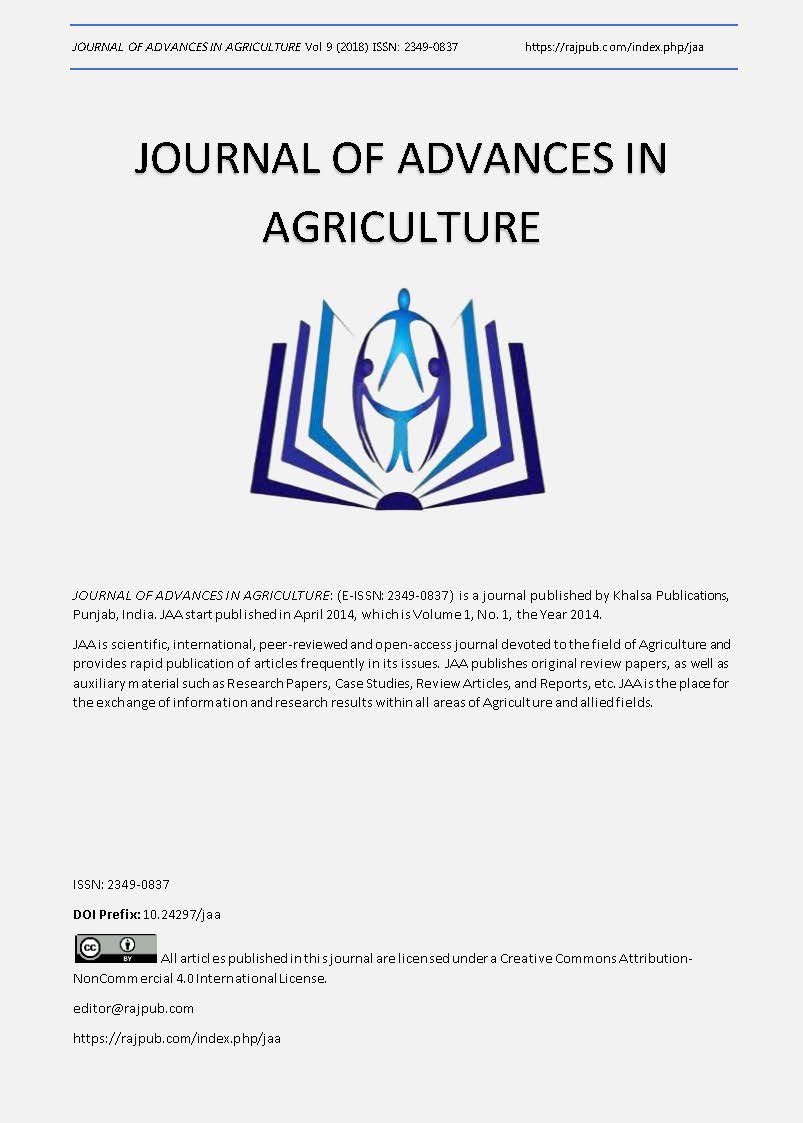Disinfection of leafy vegetables with activated waters
DOI:
https://doi.org/10.24297/jaa.v9i0.7944Keywords:
anolyte, catholyte, lettuce, decontamination, storageAbstract
The effect of ionized aqueous solutions (anolytes and catholytes) has been tested in lettuce treatment for decontamination and preservation of their freshness for a longer time. Anolytes and catholytes prepared without salt addition, as well as with 0.8% NaCl and with a combination of 0.4% NaCl and 0.4% Na2CO3 were used. Opportunities to potentiate their action were also tested by adding 96% ethanol at a final concentration of 1%. It has been found that the three tested anolytes show the highest antimicrobial activity. This activity was maximal after potentiation by the addition of 96% ethanol at a final concentration of 1%, and after 15 minutes no viable microorganisms were isolated from the leaves of the lettuce examined. The catholyte obtained by activation with NaCl also exhibited high antimicrobial activity. After storage for 2 weeks, the solutions retained to a large extent these properties and especially the anolyte obtained with Na2CO3. The freshness of lettuce was kept for a longest time (10 days) after treatment for 15 minutes with salt-free anolyte, as well as with catholyte without salts. In the anolyte this property is retained after 14 days of storage, but in the catholyte it decreased somewhat after storage. The remaining lettuce, including the untreated controls and these treated with tap water, stayed fresh for 2 days, for the shortest time - the treated with an anolyte with 1% 96% ethanol..
Downloads
Downloads
Published
How to Cite
Issue
Section
License
 All articles published in Journal of Advances in Linguistics are licensed under a Creative Commons Attribution 4.0 International License.
All articles published in Journal of Advances in Linguistics are licensed under a Creative Commons Attribution 4.0 International License.




